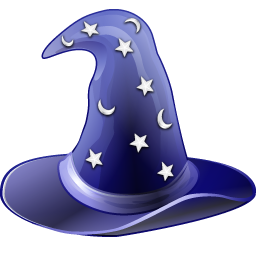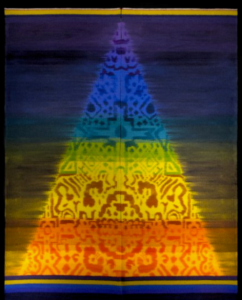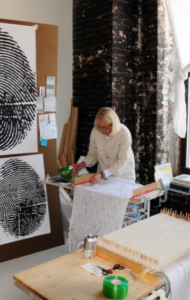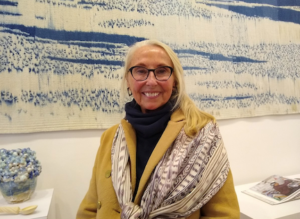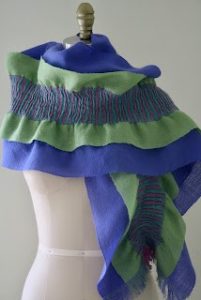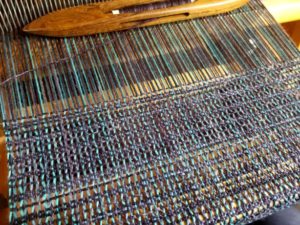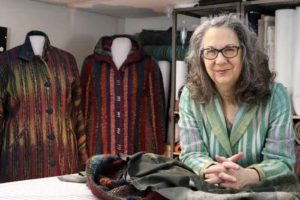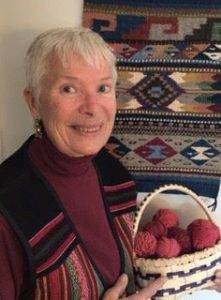Please note the meeting will begin at 6:30 due to our presenter being on the East Coast
Karen Donde https://karendondehandwovens.com/home.html
Turned Beiderwand: One Threading, Multiple Structures
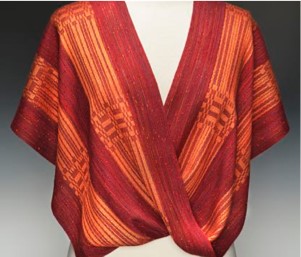
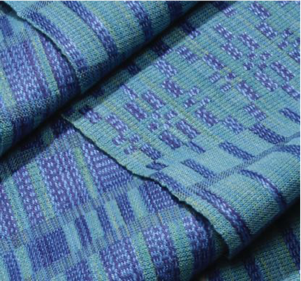
Although the history of the weave structure known as Beiderwand predates even its name, Beiderwand remains a powerful tool for creating contemporary designs. When the traditional draft is turned, converting the customary supplementary weft to a supplementary warp, that power expands exponentially. This lecture will explore Beiderwand history and traditional drafting and design characteristics, then illustrate the exciting results of turning that draft, results that extend well beyond faster, one-shuttle weaving. Join Karen to discover the hidden potential of a Turned Beiderwand draft.
Karen Donde weaves garments, fashion accessories and home textiles for sale and teaches beginning-advanced weaving classes and assorted workshops for guilds and conferences. Teaching credits include HGA’s Convergence 2012, 2014 and 2016 and 2022 (postponed from 2020), Southeast Fiber Forum, the Mid-Atlantic Fiber Association’s Workshop Weekend, Midwest Weavers Conference, Intermountain Weavers Guild Conference and Florida Tropical Weavers Conference. In Asheville, NC, she has taught at Sutherland Handweaving Studio, Friends & Fiberworks, Local Cloth and her own studio.
Karen is a juried member of the Southern Highland Craft Guild and graduated in May 2013 from Haywood Community College’s Professional Crafts-Fiber program. An experienced and award-winning writer with a bachelor of journalism degree from the University of Missouri, Donde now writes for and about weavers. She is a contributor to Handwoven magazine and other allied publications.
Please note the meeting will begin at 6:30 due to our presenter being on the East Coast
